What is the tolerance range of precision screws?
What is the tolerance range of precision screws?
Service Hotline
+86760-8787 8587We have more than ten years of experience in the production of screw industry, the main products are: embossed nuts, GB91 bayonet, combination pan head hexagon socket bolts, screw with needle column, 8-grade high-strength black carbon steel hexagon nuts, high-precision carriage bolts, square Neck anti-theft screw mushroom head screw, JIS screw, hexagon socket bolt and nut, outer hexagon bolt and nut, flange nylon lock nut, copper bolt, machine wire screw, SUS elastic washer, enlarged toothed belt pad screw and other fasteners, Due to the different materials and specifications of the products, the prices are also different, please contact us if necessary.


However, this process scheme has high cost, low efficiency, and has certain difficulties in quality assurance. In order to ensure product production efficiency, reduce manufacturing costs and improve product quality, it must be considered that the blank forming is completed on a multi-station cold heading machine at one time.
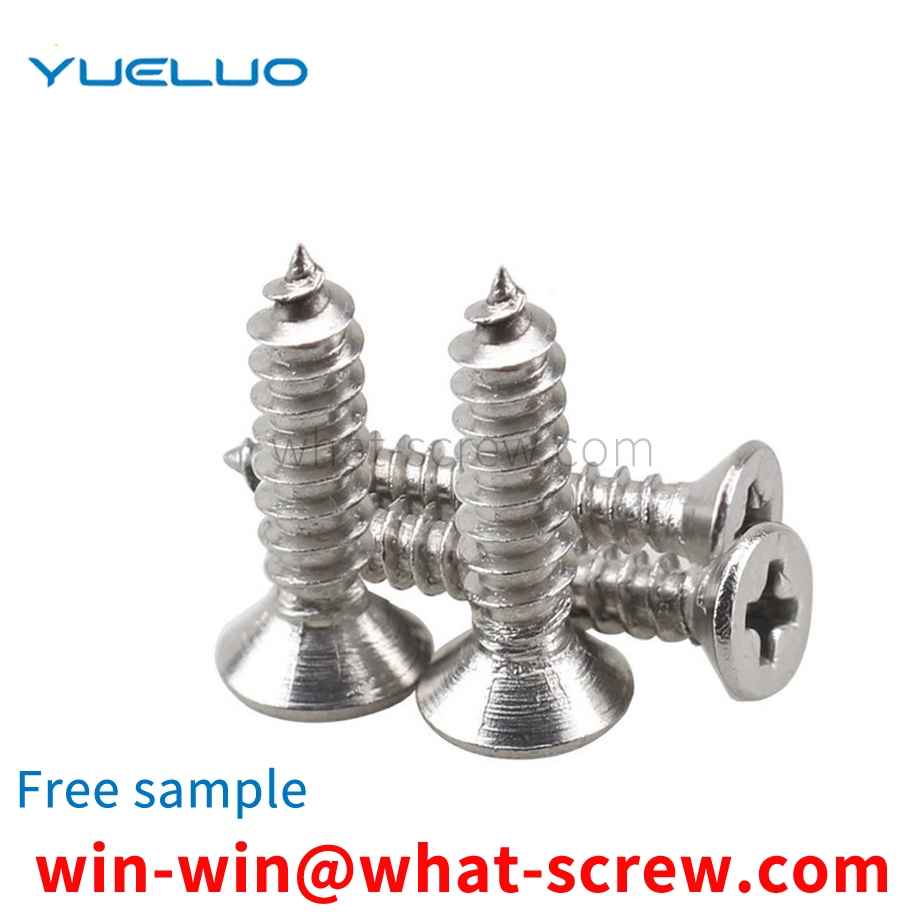
Inch Screws C-1: Thread Code: The denominator is marked as 8, and then the numerator is directly called the number. Ex: 1/8 x 0.50 –PPB: 1 Thread screw x 0.50” long, PPB Ex: 5/16 x 0.50 –PPB = 2.5/8 x 0.50-PPB : 2 ½ inch screw x 0.50” long, PPB Ex: 5/32 x 0.50 –PPB =1.25/8 x 0.50-PPB: 1 ½ ½ inch screw x 0.50” long , PPB Ex: 1/4 x 0.50-PPB= 2/8 x 0.50-PPB: 2-point screw x 0.50” long, PPB Note: Coarse or fine pitch is sometimes indicated. UNF: Fine pitch: more commonly used in the electronics industry UNC: Coarse Thread: More commonly used for heavy machinery construction. Ex: 3/8 x 0.50, UNF –PPB: 3 point fine thread screw x 0.50” long, PPB. C-2: Length Code: In inches, must be multiplied by 25.40 is converted to mm. Measured with a buckle gauge, it is a metric thread when it matches the metric thread, and an inch thread when it matches the inch thread. You can also use a caliper to measure the outer diameter and pitch of the thread. The outer diameter of the metric thread is in millimeters, Such as 6, 8, 10, 12, 18, 20 mm, etc., the pitch is also in millimeters, such as 0.5, 0.75, 1, 1.5, 2, 3, etc. The outer diameter of the imperial thread is in inches, (per inch Equal to 25.4 mm) such as 3/16, 5/8, 1/4, 1/2, etc. Therefore, the reading of the outer diameter with a metric caliper often has irregular decimals. The inch pitch is expressed by how many teeth per inch. Set the caliper at 25.4 mm, align one caliper tip with the thread cusp, and the other caliper tip, if aligned with the thread cusp, is an inch thread, and if the thread cusp is not aligned, it should be a metric thread. The tip is printed on the white chalk. The chalk is clear and easy to measure. To measure the metric pitch, you should measure a length, such as 10, 15, 20, millimeters, etc., count how many teeth are included, and calculate the pitch in inches. The specified thread specification is inch thread, such as: G1. Metric threads are specified in metric units of millimeters. Such as: M30. The imperial system is determined by how many teeth there are in one inch (2.54 cm), generally a 55-degree angle. The metric system is the pitch determined by the distance between the two tooth tips, usually a 60-degree angle anchor screw: tighten the machine, etc. Screws for use on the ground. Also called anchor bolts. The difference between British and American screws is difficult to distinguish visually. The difference between British and American screws is that the rolling angle of British screws is 55 degrees, while the rolling angle of American screws is 60 degrees. These two standard screws are used in most screws. It can be used in general, but 1/2 size screws are not allowed, because the standard thread of inch 1/2 is 1/2-12 teeth, while the American system is 1/2-13 teeth.
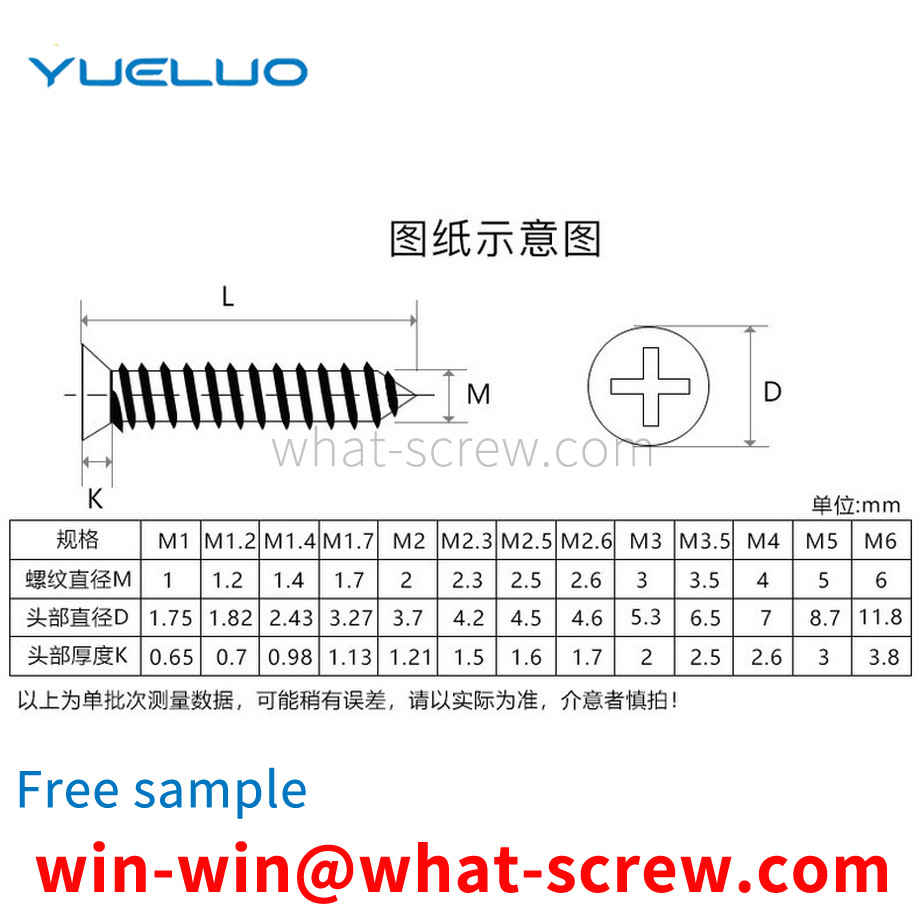
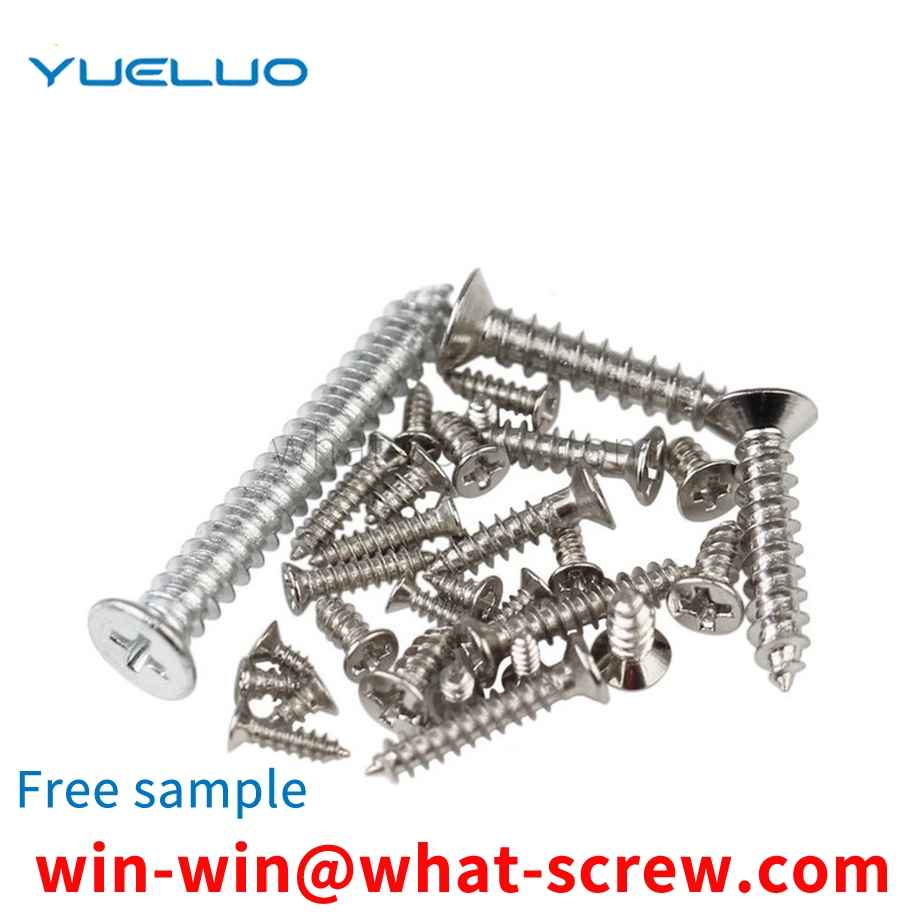
T-bolts have been widely used in the fields of aviation, aerospace and defense due to their good positioning and anti-shedding effects. Its related standards have special requirements for accurate positioning, anti-falling off, and dimensional consistency of T-bolts. This requires that the position, size and shape and position tolerance of the anti-fall hole of the T-bolt shank must be controlled within a certain range. Therefore, the processing method of the anti-shedding hole is particularly important. Since the machined anti-shedding hole is located at the position of the rod, the milling processing efficiency is too low, the product cost is high, and there is a large machining error. When conventional drilling is used, the consistency of the anti-shedding hole size cannot be guaranteed. To solve the above problems of low efficiency and dimensional instability
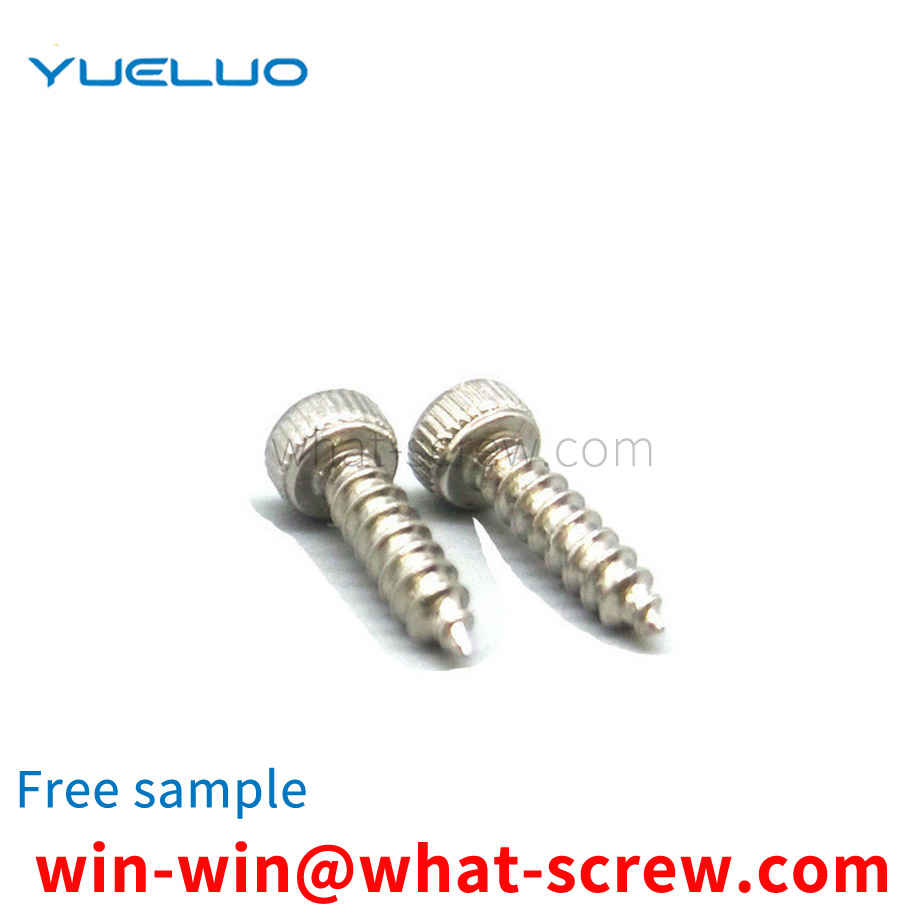
There are many names for bolts, and everyone may have different names. Some people call them screws, some people call them bolts, and some people call them fasteners. Although there are so many names, they all mean the same thing, they are all bolts. A bolt is a generic term for a fastener. A bolt is a tool that uses the physical and mathematical principles of the oblique circular rotation and friction of an object to fasten the parts of the object step by step. [1] Bolts are indispensable in daily life and industrial production. Bolts are also known as the rice of industry. It can be seen that the bolts are widely used. The application scope of bolts includes: electronic products, mechanical products, digital products, electrical equipment, electromechanical products. Bolts are also used in ships, vehicles, hydraulic engineering, and even chemical experiments. Anyway, bolts are used in many places. Especially the precision bolts used in digital products. Miniature bolts for DVD, cameras, glasses, clocks, electronics, etc.; general bolts for televisions, electrical products, musical instruments, furniture, etc.; large bolts and nuts are used for engineering, construction, and bridges; transportation equipment, aircraft, trams, automobiles etc. are used together with large and small bolts. Bolts have important tasks in industry. As long as there is industry on the earth, the function of bolts will always be important.
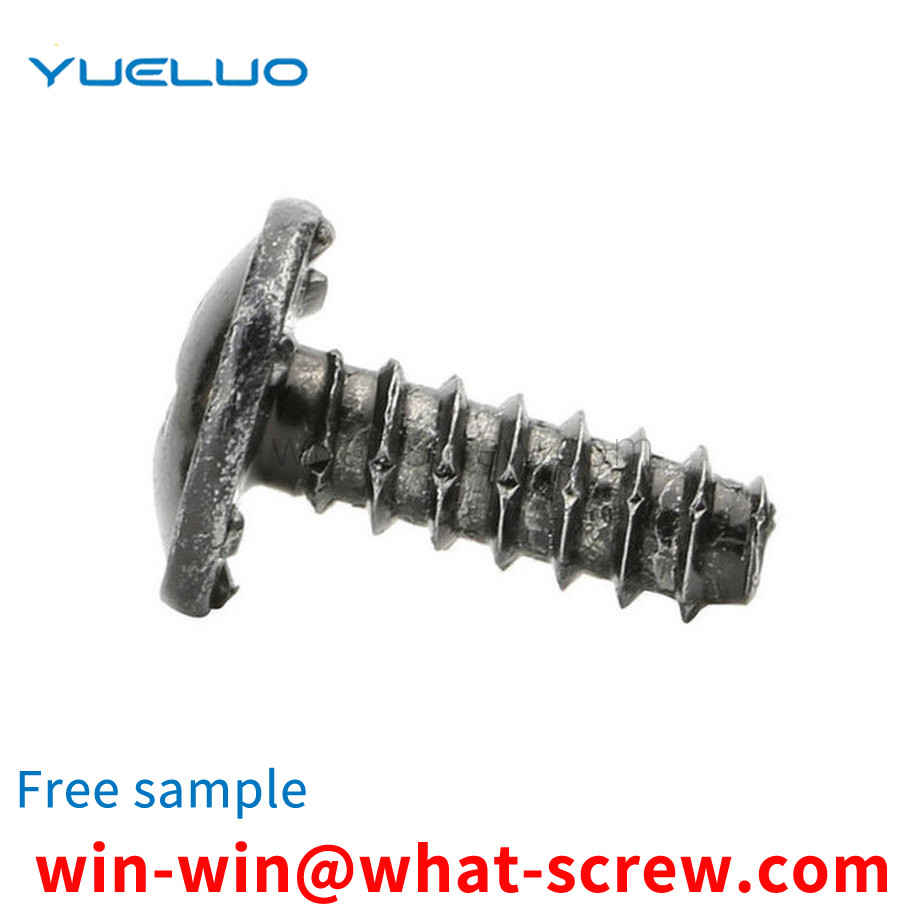
The above content is uploaded by Yueluo or the Internet. If there is any copyright issue, please contact [email protected].

What is the tolerance range of precision screws?

How to choose the right stainless steel screw manufacturer?

Why is there an R angle under the head of the hexagon head s...
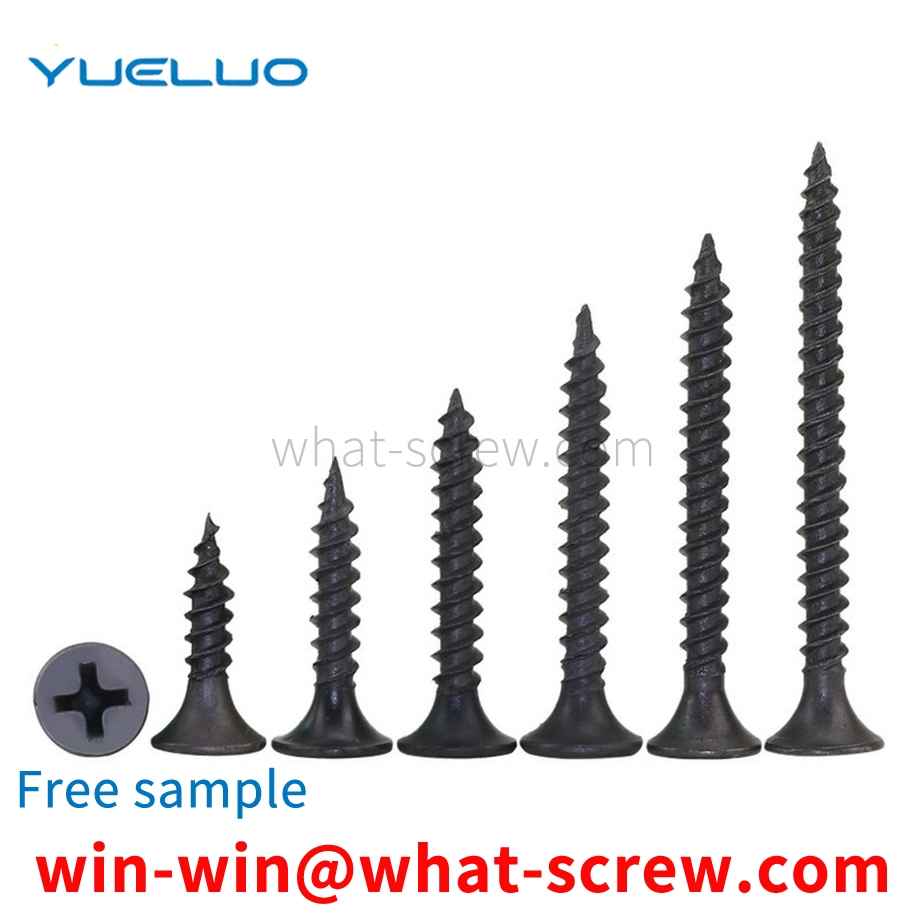
We have more than ten years of production experience in the ...
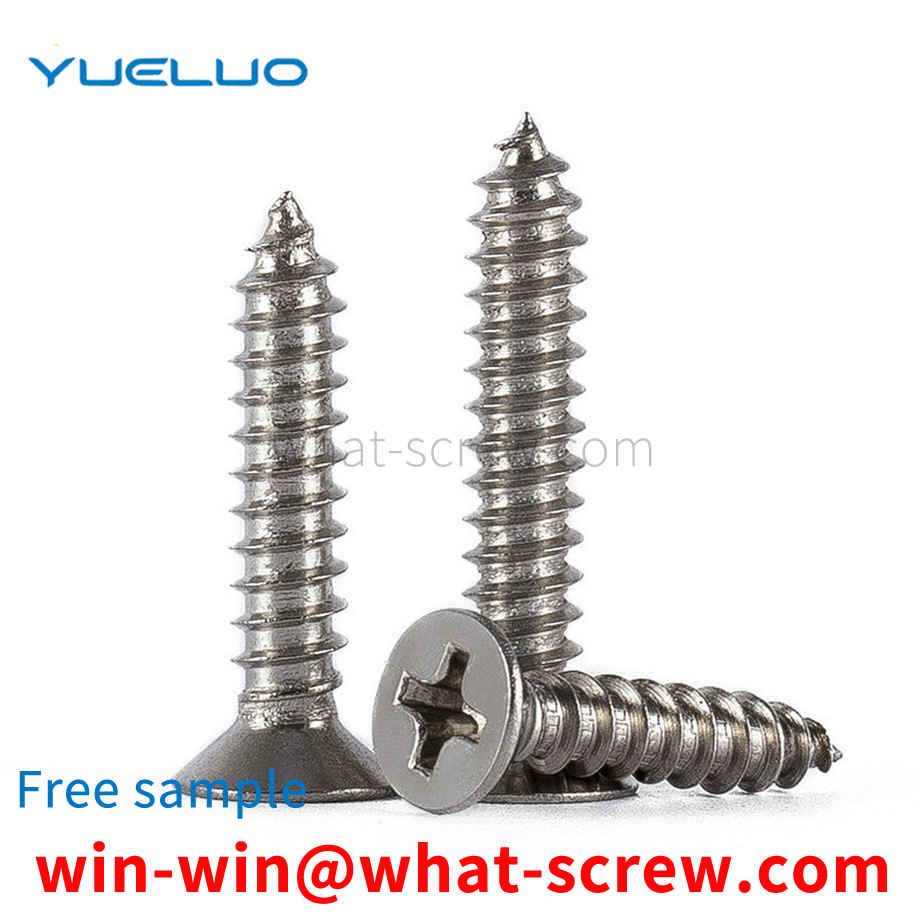
We have more than ten years of production experience in the ...

We have more than ten years of experience in screw industry ...

We have more than ten years of experience in screw industry ...